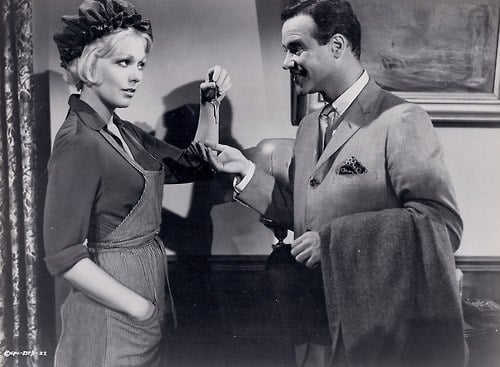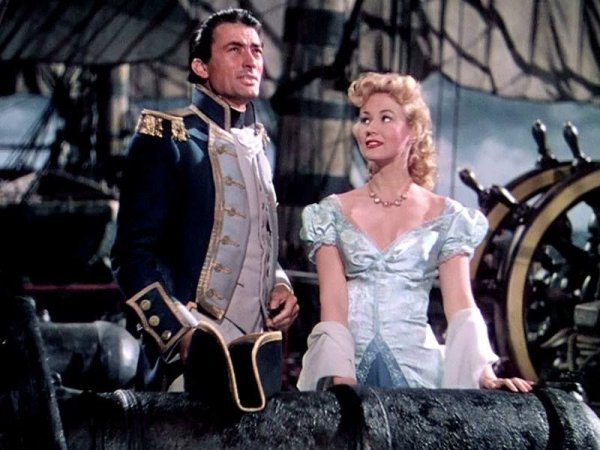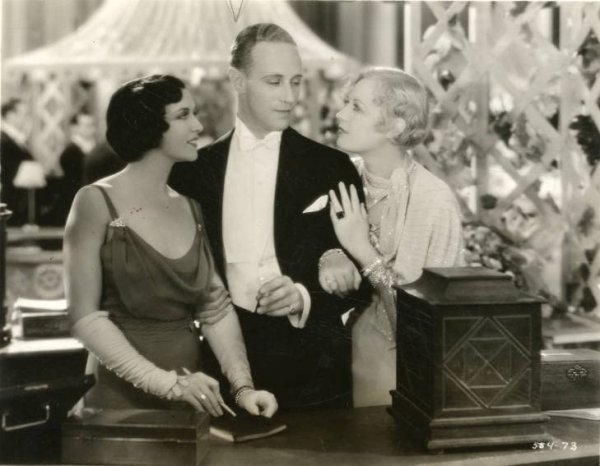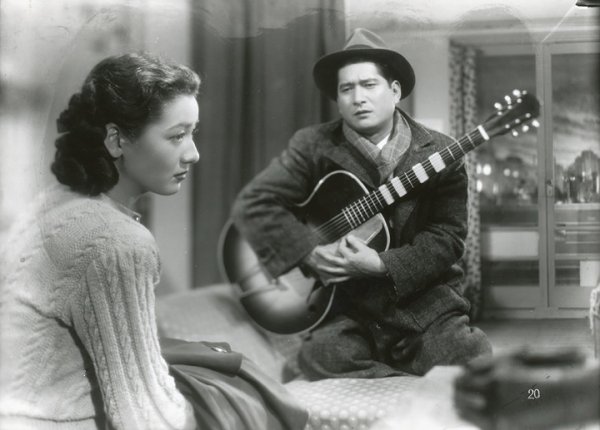- Messages
- 17,446
- Location
- New York City

The Notorious Landlady from 1962 with Jack Lemmon, Kim Novak and Fred Astaire (not dancing)
Fred Astaire meeting, for the first time, the notorious landlady and arresting beauty Kim Novak, who's been hounded by the police and press over her missing husband:
Astaire (understatedly): Your photographs don't really do you justice.
Novak (more understatedly): Well, the lighting's not terrible good in police stations.
Astaire (even more understatedly): Yes, I'm sure.
Done as a comedy with a little drama mixed in, The Notorious Landlady too often drifts into farce. Had writers Blake Edwards and Larry Gelbart, with director Richard Quine, made a drama with a little less comedy, they'd have made a better movie.
The Notorious Lady does answer the question of what would Jack Lemmon's character from the 1960 movie The Apartment be like if he left the insurance business, went into the diplomatic service and was stationed in London.
Career civil servant Lemmon, seemingly wearing the same period "corporate" wardrobe (grey sack suits, white pin-collar shirts and skinny dark ties) as in The Apartment, is an up-and-coming diplomat who just received a plum appointment to London.
After being warned by his boss, Fred Astaire, to keep his personal and professional life clean, he rents an apartment in the house of, unbeknownst to him, a notorious American, Kim Novack, rumored by the press and neighbors to have killed her husband.
Immediately smitten by super-adorable Novak, Lemmon jumps to her defense when boss Astaire notes she is a bad choice of a landlady for a young man looking to rise in the service.
Lemmon (he's got his priorities right) proceeds to get closer to Novak, who periodically behaves in a suspicious maybe-I-did-kill-my-husband way, while Scotland Yard follows both of them, often reporting back to Astaire on their activities.
Astaire, initially looking to fire Lemmon for this indiscretion, meets and becomes so smitten with Novak (see the opening quote at the top), he ends up partnering with Lemmon to try to prove her innocence.
It's a not-bad story, which unfortunately, often relies on silliness, pratfalls and screwball comedy. There's too much, "who has the poison," things accidentally being lit on fire, hiding in rooms behind curtains and other such goofiness detracting from the "did she or didn't she off her husband" good core story.
Just when you are getting engrossed in anything - Novak and Lemmon's relationship, his on-the-ropes career or her mysterious behavior - a Keystone Cop routine breaks out to undermine the drama.
Even in the movie's penultimate climatic scene - a courtroom appearance by Lemmon and Novak to determine if she actually did kill her husband - there's too-much slapstick weakening the tension.
More challenging, the final big scene, where they chase down the bad guys (two old women in this case), is full-force farce with people running around in a style familiar to 1920s movie audiences.
Novak, Lemmon and Astaire are talented-enough actors to keep this sometimes enjoyable effort afloat. It's not that The Notorious Landlady is a bad movie, but you can't help thinking, if they had just turned the dial toward more drama and less comedy, they'd have made a much better picture.








